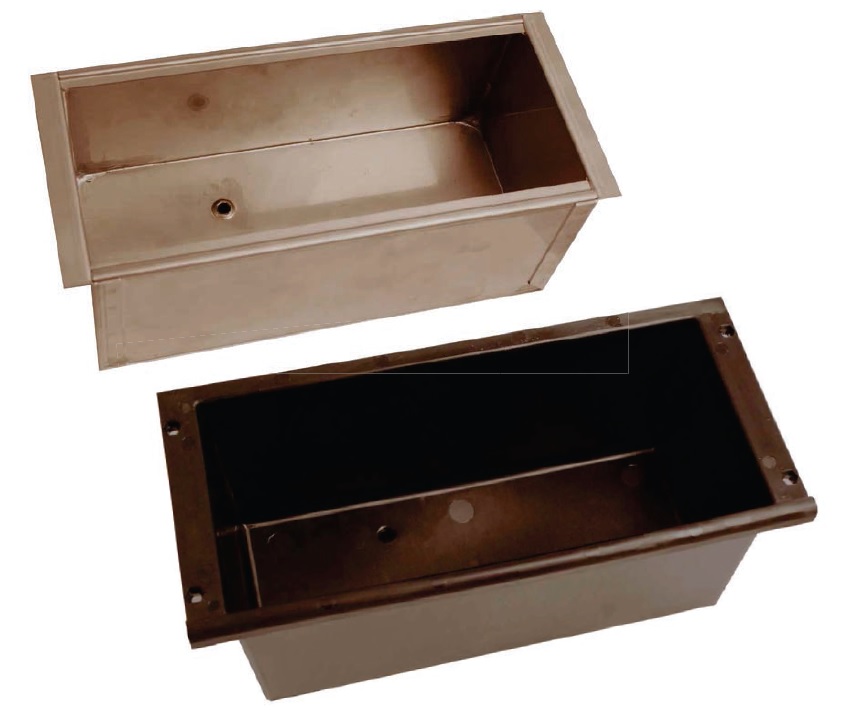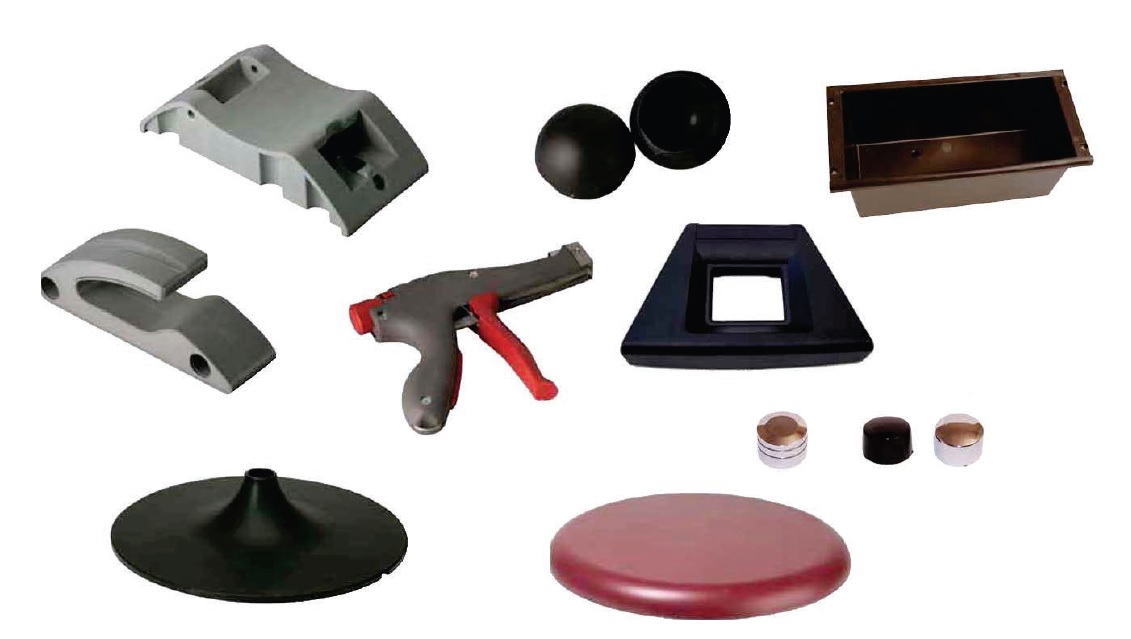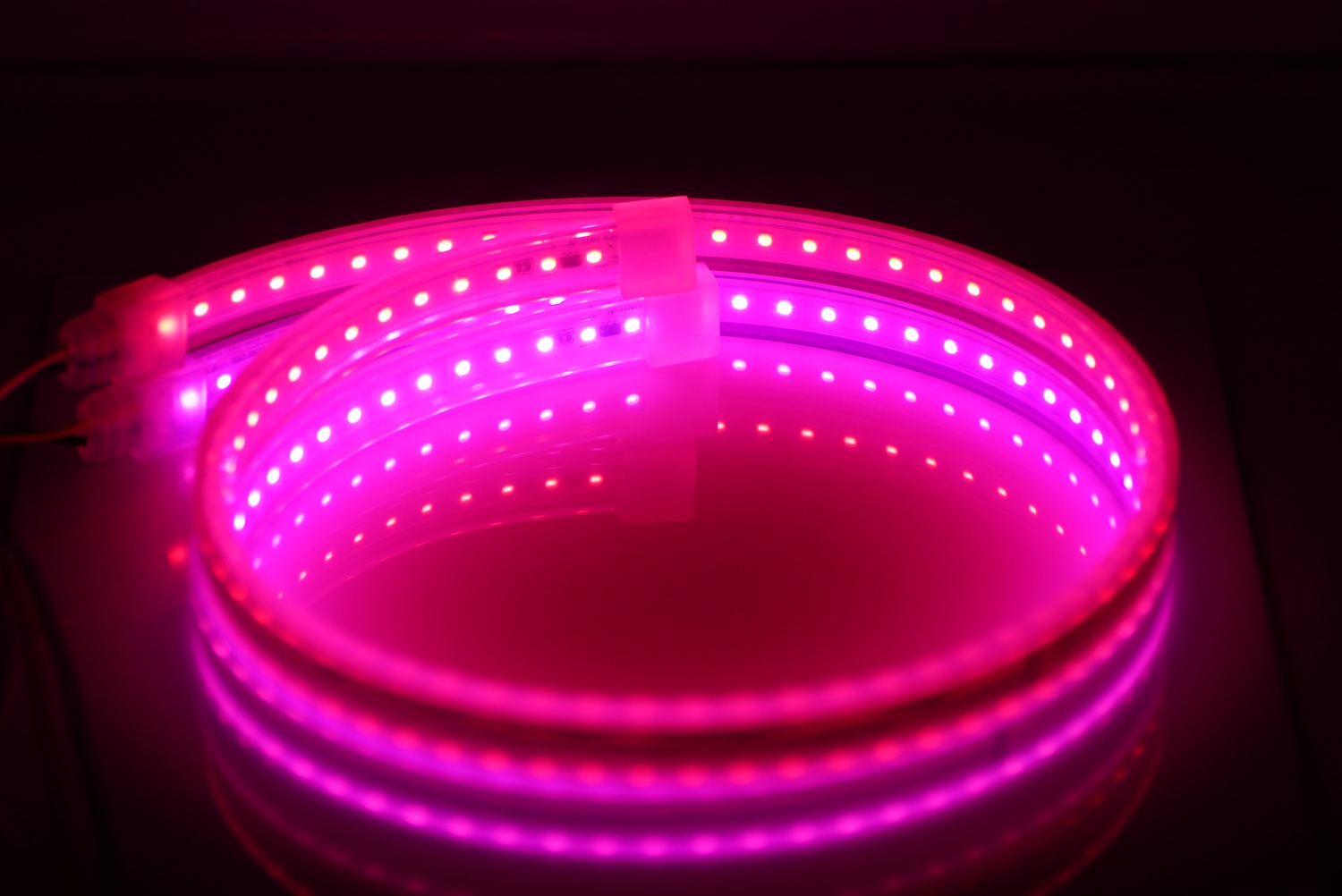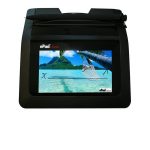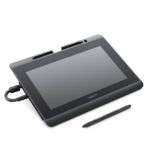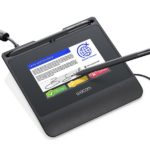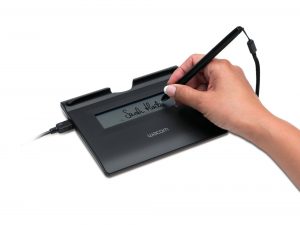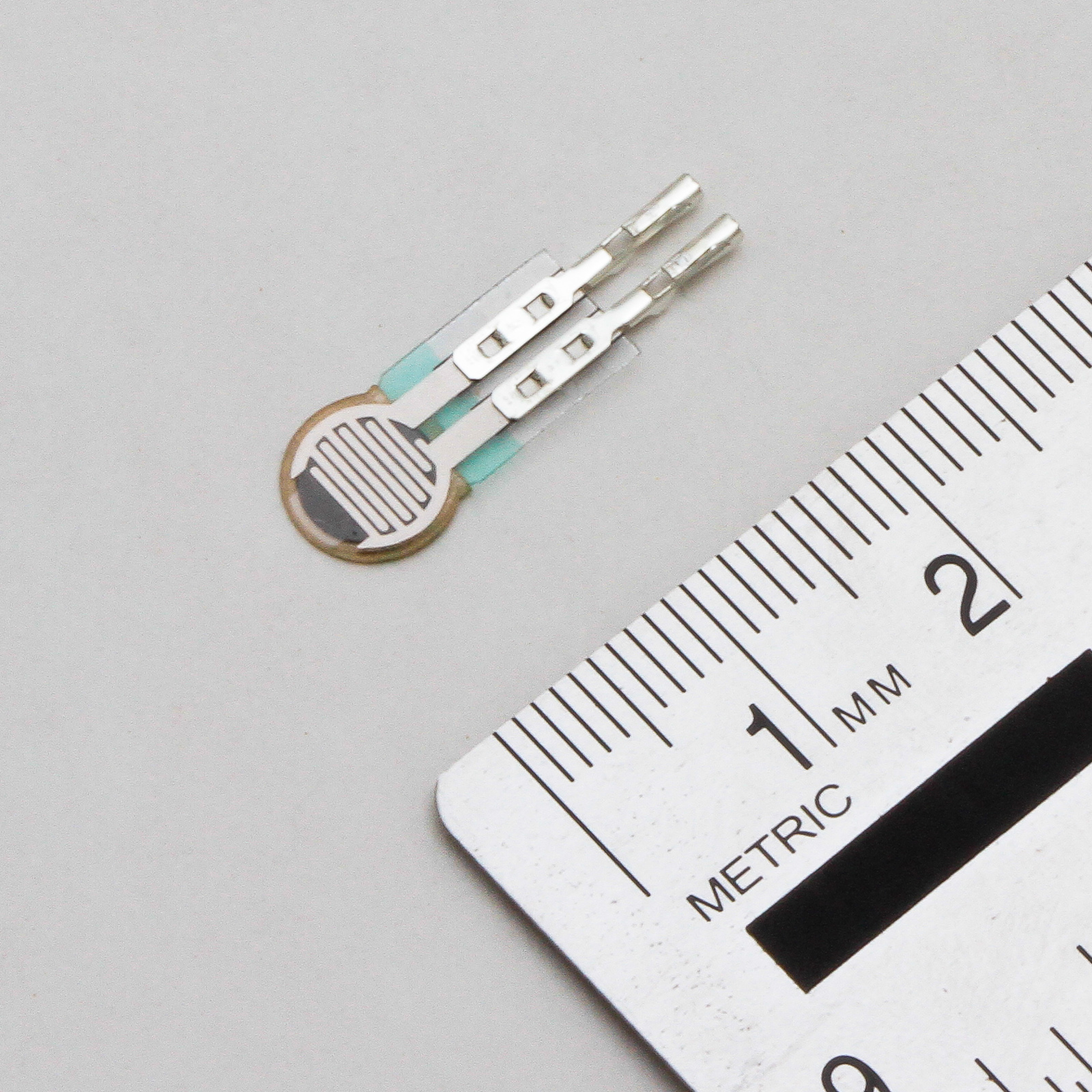
Around a year ago Tangio launched its TPE-500 series FSR range. It’s true to say they joined the party a little later than some of their competitors so knew it wasn’t good enough to offer a me-too product. Mark Graham, Tangio’s Head of New Products picks up the story, “I’ve been in resistive force sensing for almost a decade and knew very well its limitations. We’d seen few tangible improvements in the core FSR technology in recent years, which precluded its use in several growth markets and applications. Our plan from the outset was to produce a demonstrably better product.”
Neil Jarvie, Tangio’s VP of Business Development continues, “the market had become fragmented into existing players seemingly unwilling to invest in improvements to the technology, and start-ups with no manufacturing experience promoting lab-scale materials that only increase risk and cost. Disturbingly, we also discovered many manufacturers products didn’t perform anything like their data-sheets. In some cases alarmingly so!”
The development team at Tangio set about dragging the FSR into the 21st century with a clean-sheet approach tackling the key areas; a better FSR ink, state-of-the-art process control, and subtle but intelligent changes to the mechanical structure and materials.
Robin Jeffries, Tangio’s CEO adds, “as we enjoy many collaborative and strategic relationships with key materials and process vendors in the printed electronics space, we called upon them during the development of the TPE-500 series. A notable example is our collaboration with Henkel for the FSR ink, one of the most critical components in the sensor.”
Mark remembers, “when the test data came in from the first prototype builds it was clear we had realised our goals. We were seeing best-in-class performance in multiple critical parameters like humidity & temperature stability, part-to-part repeatability and drift. I also knew we could publish data sheets that our customers could trust!”
Of course, all this comes at a price, right? Actually no, due to exceptionally high manufacturing yield the TPE-500 series is priced to beat competing legacy products. We’d like to think of that as a win/win.
About Tangio Printed Electronics
Tangio, the Printed Electronics division of Sytek Enterprises Inc, is a global leader in the design and manufacture of a wide range of standard and custom touch sensing solutions. From simple high-performance “single point” FSR sensors, through to state-of-the-art 3D multi-touch resistive sensors, capacitive sensors, and other novel innovations in printed electronics. Tangio offers unrivalled levels of integration, enabling customers to add value and reduce costs in their supply chain and get new products to market faster. Tangio’s philosophy of “Affordable Innovation” enables OEM’s and Tiers to deploy next generation HMI solutions in their products today. Tangio is a global company headquartered in Vancouver, Canada, with strategically located internal and partner sites in Europe, SE Asia, and India, supporting a rapidly expanding customer base. For more information go to www.tangio.ca


